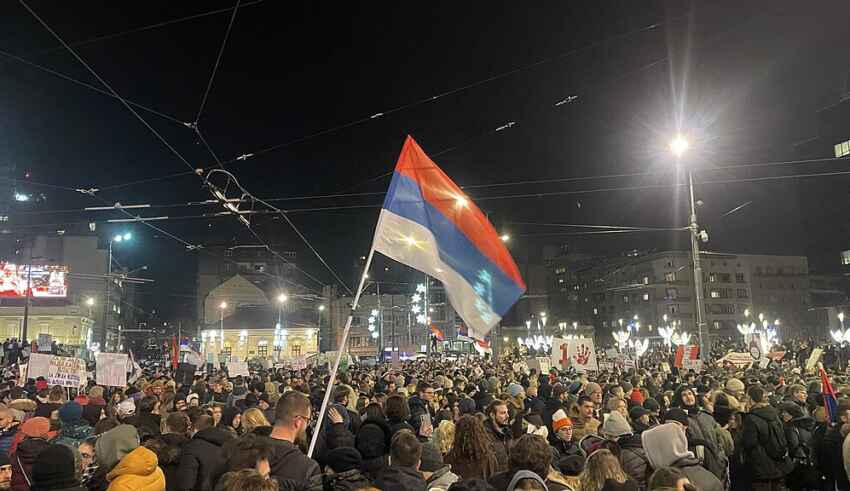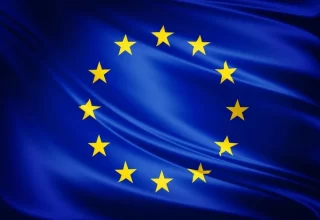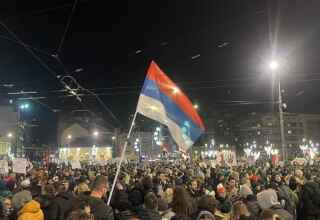
Serbia, a country with a history marked by bloody wars, is now at a crossroads. This time, however, the battlefield is not one of violence, but of the resilience of civil society. The mass protests in Belgrade, which were originally organized by students, have developed into a historic, cross-generational movement. It unites citizens in their demand for justice, transparency, and an end to corruption.
The protests began three months ago and were triggered by a tragic incident in Novi Sad, Serbia. When a renovated station canopy collapsed, 15 people lost their lives and two others are still in critical condition. Afterward, suspicions arose that the money intended for the renovation had been secretly used for other purposes. The message from Novi Sad was clear to the demonstrators: corruption is deadly.
What began as a student initiative in Belgrade has now developed into a national movement involving people of all ages. The protesters have remained peaceful throughout and have even gone so far as to clean up after themselves, which contrasts with the government’s portrayal of them as instigators of chaos. The state media are now referring to the protests as a “coup”. President Aleksandar Vučić also blames foreign interference for the protests. The president, who critics accuse of autocratic leadership, continues to refuse to give in to public pressure. The symbolic camp that his supporters have set up around the presidential palace underlines the regime’s determination to maintain its power. As the protests continue, the demonstrators face the threat of violence provoked by the government. Many fear that the regime could use propaganda and mobilize violent hooligans to create a pretext for declaring a state of emergency.
President Vučić has yet to receive any criticism from the EU and its state leaders. Serbia is an EU candidate country and is of great strategic importance due to its huge lithium deposits. These economic interests were also enshrined in an agreement on the extraction of the raw material in 2024 between the EU and the Serbian government. The demonstrators expressed little hope of support from the EU for further protests.
The stakes are high in the ongoing protests in Serbia, and the implications go far beyond the immediate political landscape. If successful, the protests could spark a wave of civic empowerment and signal to other countries in the region that entrenched power structures can be challenged through peaceful resistance. This could pave the way for long overdue political reforms, strengthen democratic institutions, and eradicate corruption. Failure, however, carries considerable risks. If the government resorts to violence or declares a state of emergency, it could undermine public confidence in peaceful activism, further polarizing society. A lack of international intervention could embolden the regime to act with unpunished consequences, setting a dangerous precedent for other governments facing domestic opposition.
This historic movement in Serbia is a testament to the strength of civil society. It is a reminder that the collective voice of the people can shake the foundations of power. The road ahead is uncertain, but the determination of the Serbian people offers hope for a more just and transparent nation.
By The European Institute for International Relations















